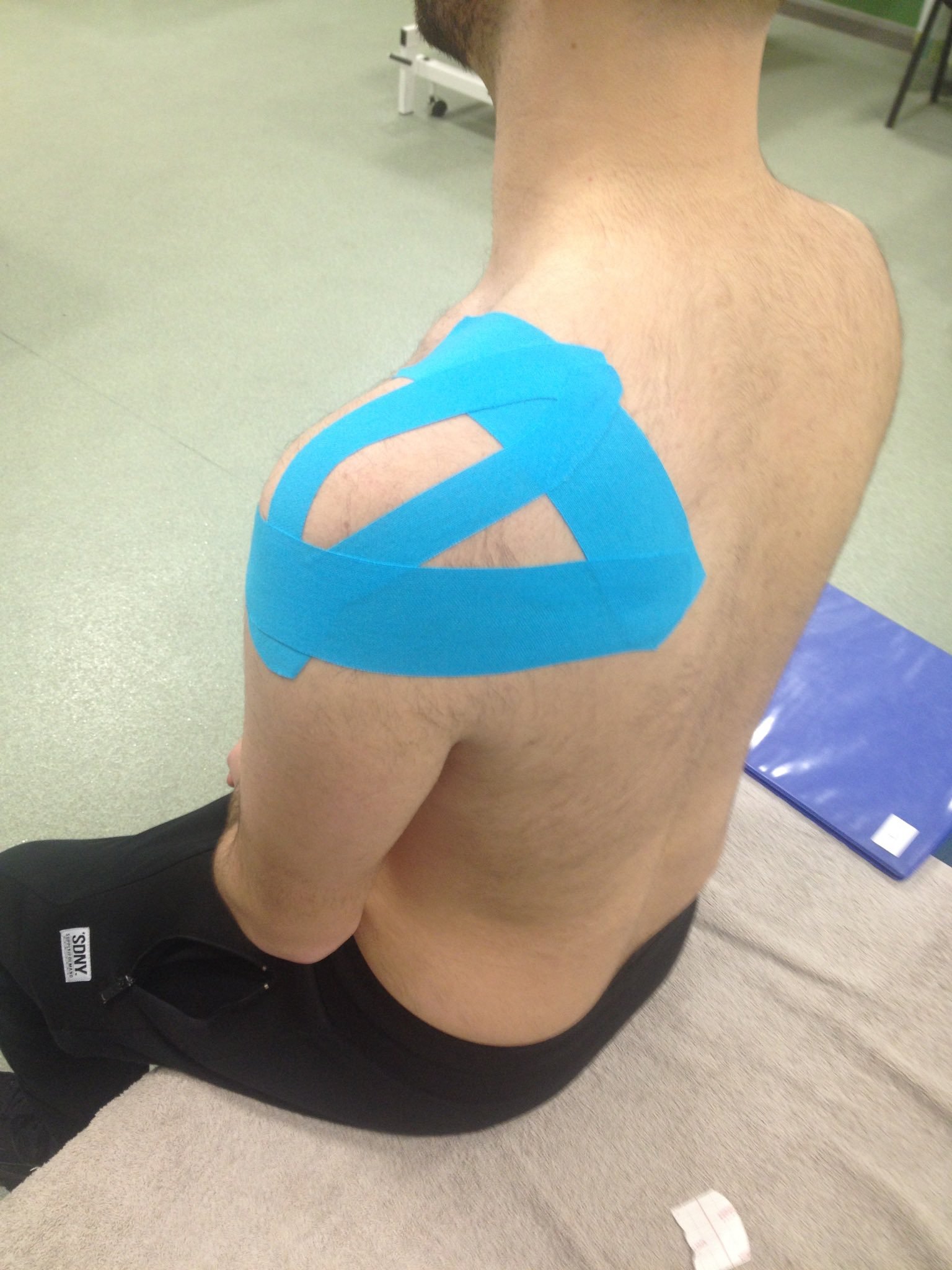A Teen's Tale of Tendinitis: Bouncing Back Stronger
About a decade ago, I had a defining moment at Canons Gym, a tucked-away gym in Mitcham, South London. It was a place where you'd hear echoes of clanging weights, thumping beats of energetic music and a lovely community chatter amongst each other.
It was my first few months of working out, and I was there, as usual, with two mates. We took turns at the dumbbell chest press, each trying to outdo the last. Then, during one intense set, my shoulder gave way—a sharp pulling feeling that I immediately knew was bad news. Later, I learned I'd been flaring my elbows too wide, a rookie mistake.
Naively thinking rest would solve it, I took it easy for a month. But, being a typical headstrong teen, I ignored the lingering pain and kept pushing through my workouts—not my brightest idea.
As the pain persisted, I switched to leg-only workouts. However, let me tell you, there are only so many squats and lunges one can do before it gets repetitive. Plus, the bottom-heavy physique I had started to build looked a little strange, too.
Months dragged on, and I finally caved in to see a doctor. After a scan, the diagnosis hit: bursitis and tendinitis in my left shoulder. The doctor suggested a cortisone shot, but navigating the NHS system was like trudging through an obstacle course. It took nearly a year of enduring pain and no longer doing upper body exercises before I eventually got the shot.
A week post-shot, my hopes plummeted—the pain was back, as if mocking my patience.
This period was challenging, especially since I studied for my BTEC in Sports at a sixth form in Streatham. The injury prevented me from giving it my all in some of the practical sessions, casting a dark shadow over my passion and studies.
Fast forward a few months, and I eventually moved up north to Preston—a city where rain seemed to be the everyday norm regardless of the season—to pursue a degree in Strength and Conditioning at the University of Central Lancashire in September 2015.
My first mission? Find a physiotherapist.
That's when I met the amazing Greg Littler, a physio at UCLan. Under his guidance, something miraculous happened. In less than two to three months, he fixed me up—a massive contrast to the two-year ordeal I'd endured.
Lesson learned: For sports injuries, go straight to a physio. Doctors are great, but they aren't experts in everything. A good physio can make a world of difference, and this is something I like to share with my 1-2-1 online fitness members nowadays, too.
Speak soon,
Leo
P.S. The attached photos below are the following:
- The day of my cortisol injection.
- A minor part of Greg's treatment.
- Before pictures are on day one of returning to the gym. The after was after about a year of consistency (I did an exchange year in the USA in between the photos, so real consistency only happened once I got back).
- The last was after two years of consistency.



